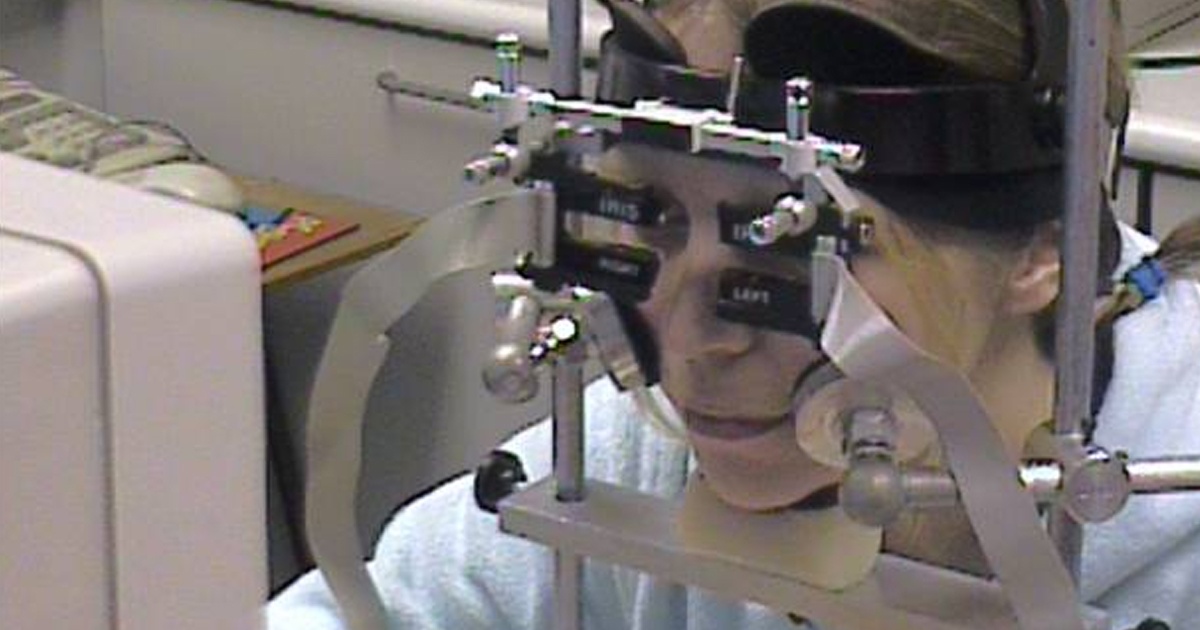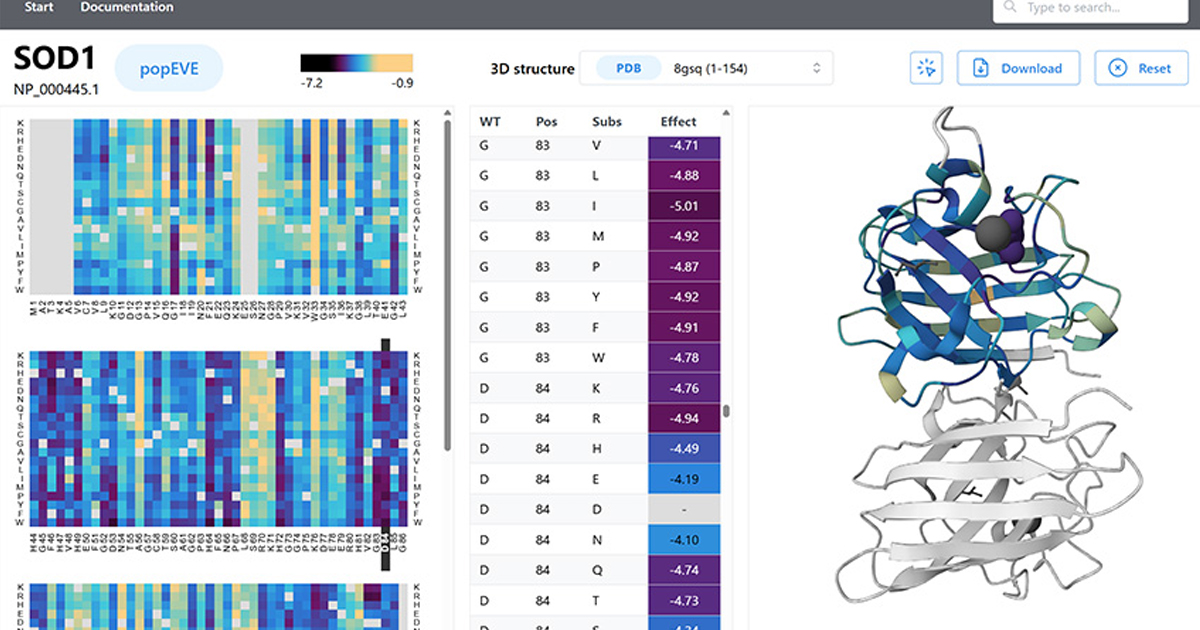Estudio publicado por Peer J muestra los avances en la utilización de una nueva prueba de movimiento ocular desarrollada para comprender las funciones de diversas partes del cerebro.
Investigadores de la Universidad de Liverpool, desarrollaron una prueba de movimiento ocular que promete ayudar a mejorar la comprensión de cómo funcionan las partes del cerebro, especialmente durante el envejecimiento.
El estudio consistió en el análisis de dos grupos de gente sana, de dos diferentes grupos de edad, el primero de 19 a 27 años y el segundo de 50 a 72. Los participantes tuvieron que observar un punto en el centro de una computadora en una pantalla y posteriormente que ver un segundo punto que apareció a la izquierda o derecha, el objetivo era que observaran no cuando apareció, sino cuando desapareció.
“Como las personas miran instintivamente las cosas cuando aparecen, esto requiere la inhibición de un movimiento ocular automático normal. Los movimientos oculares se midieron con precisión utilizando un rastreador ocular infrarrojo, que revela la frecuencia con la que miran demasiado pronto”, se lee en el comunicado de prensa de la Universidad de Liverpool.

Los resultados mostraron que los participantes del grupo de mayor edad fueron más propensos a mirar el punto cuando aparecía y no cuando desaparecía, y además eran más lentos a comparación con el grupo de participantes más jóvenes.
El Dr. Paul Knox, quien dirigió la investigación dijo que: “Estamos diseñados para reaccionar a las cosas que aparecen en nuestro mundo visual. Es algo que hacemos automáticamente. Sin embargo, también tenemos la capacidad de dejar de responder y esto nos impide convertirnos en esclavos de nuestro entorno sensorial”.
Para consultar el artículo completo titulado: Alteraciones relacionadas con la edad en el control inhibitorio investigadas utilizando la tarea de respuesta oculomotora mínimamente retardada, go to the following link: https://peerj.com/articles/8401/







